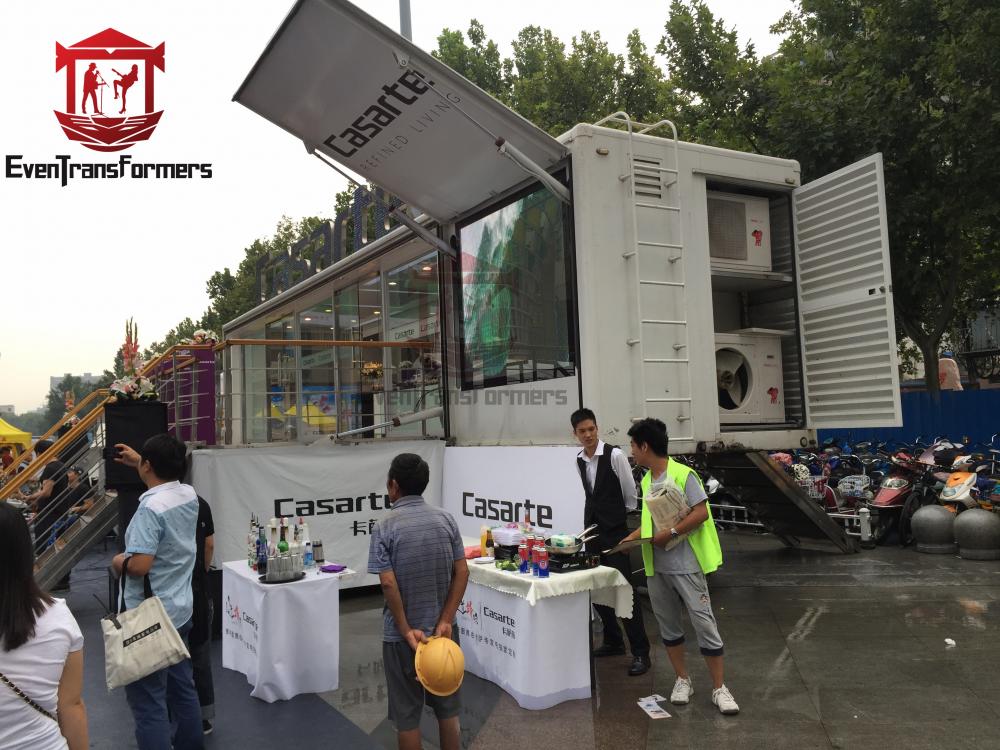In the metallurgical industry, steel pipe cutting is typically performed using flying saws. The standard running speed of steel pipes is usually around 60 meters per minute. However, with the rapid development of the industry, ultra-high-speed flying saws have been introduced to meet increasing production demands. This article explores an ultra-high-speed flying saw system equipped with a numerical control (NC) system, focusing on dynamic tracking and the selection of servo units and motors that satisfy production requirements.
The goal is to provide insights for professionals in this field by sharing practical examples. First, it's essential to understand the key production parameters. For instance, the steel pipe runs at a speed of 180 meters per minute, and the flying saw is set to complete a round trip within 2 seconds. As shown in Figure 1:

Figure 1

Figure 2
In the diagram above, the acceleration phase lasts 0.2 seconds. After reaching a constant speed of 3 m/s, the system maintains this speed for 0.6 seconds before decelerating. From this, we can calculate the acceleration as follows:
a = v / t = 3 / 0.2 = 15 m/s²
This means the control system and servo motor must be capable of handling such high acceleration. Additionally, when operating at 3 m/s, a ball screw may not be sufficient, so a German WH80 linear motion unit is used instead.
Next, the selection of the servo motor torque is crucial. The total torque (Ma) is calculated as:
Ma = Mload + Mtrans + Mrol + Mlide
Where:
- Mload = (100 × 9.8 × 0.1 × 63.66) / 2000 = 3.1 N·m
- Mtrans = (100 × 15 × 63.66) / 2000 = 48 N·m
- Mrol = 0.23 N·m
- Mlide = 3.6 N·m
Thus, Ma = 56.4 N·m. Considering continuous operation, the required torque becomes:
M = 56.4 / 70% = 80.6 N·m
The linear motion unit is driven by a servo motor through a gear system. With a travel distance of 200 mm/r, to achieve a speed of 3 m/s, the servo motor must rotate at 900 m/min. With a 1:3 gear reduction, the final motor torque becomes 26.9 N·m, and the motor speed reaches 2700 r/min.
Based on these calculations, an economical motor with sufficient torque and power can be selected. In practice, the NUM1020T control system was chosen, as shown in Figure 2 for the machine tool connection diagram. Furthermore, with proper parameter settings—especially synchronization functions—and well-programmed PLC and machining programs, the system can easily perform the required operations. This approach ensures both efficiency and precision in high-speed steel pipe cutting applications.
Launch Event Truck
These Launch Event Trucks feature a collapsible stage platform for quick setup and teardown. Mobile stage vehicles are suitable for large, medium and small events. With the right of way, it can be conveniently transported on the road. The mobile stage is portable, mobile and versatile.
Hydraulic Stage Trailer: The Launch Event Truck has a hydraulic system for raising and lowering the stage platform. Mobile Stages are popular for larger events where the stage needs to be set up and taken down quickly.
Multipurpose Stage Trailer: These trailers have a hidden stage at the back of the truck, which can take him to different occasions, use in non-traffic scenes. The Mobile Promotion Roadshow Truck is perfect for outdoor activities. In these activities, we can customize for you, tell us your ideal stage size, EVENT TECH TRANSFORMERS CO., LIMITED can also provide all advanced stage equipment for the stage: lighting system, sound system, LED screen system, generator system ,Power Systems .
Mobile Event Stage: These removable stage trailers are designed for outdoor concerts, religious performances, presidential campaigns, corporate events. They are often equipped with lights, audio and hydraulic features to enhance performance.
Launch Event Truck,Mobile Launch Event Truck,Mobile Launch Event Trailer,Mobile Launch Event Truck Trailer
EVENT TECH TRANSFORMERS CO.,LIMITED , https://www.crusadetruck.com


